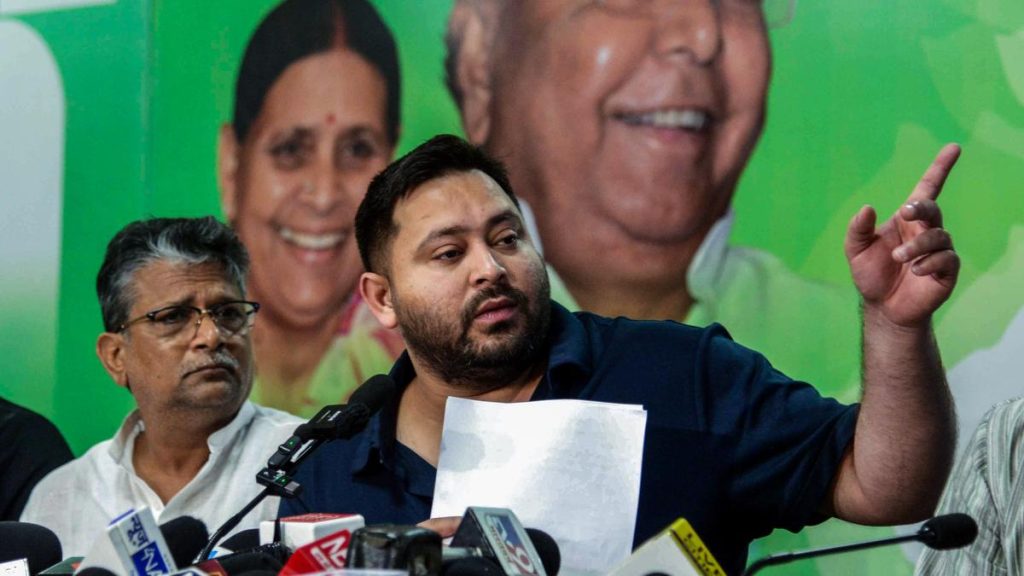Now Reading: SC Orders Four-Year Timeline for Clearing Discoms’ Regulatory Dues
-
01
SC Orders Four-Year Timeline for Clearing Discoms’ Regulatory Dues
SC Orders Four-Year Timeline for Clearing Discoms’ Regulatory Dues

### Rapid Summary
– The Supreme Court of India issued a judgment on August 6, 2025, directing states and Union Territories to liquidate long-pending regulatory assets or dues owed to power distribution companies within four years.
– The ruling was based on petitions by BSES Rajdhani Power Ltd., BSES Yamuna Power Ltd., and Tata Power Delhi Distribution Limited regarding tariff determination practices by the Delhi Electricity Regulatory Commission.
– “Regulatory assets” are costs incurred by utilities that are deferred for future recovery through tariffs or subsidies.
– Utilities use these regulatory assets to secure bridge funding from banks and financial institutions.
– Justice P.S. Narasimha stated that liquidation for existing regulatory assets must fully conclude within four years starting from April 1, 2024; any future cases must be resolved within three years.
– State regulatory Commissions have been directed to establish a roadmap for liquidation and perform intensive audits of the circumstances leading to such liabilities.
– Monitoring will be conducted by the appellate Tribunal of Electricity via a suo motu case.
### Indian Opinion Analysis
The Supreme Court’s directive addresses longstanding challenges in India’s electricity sector caused by unresolved regulatory asset liabilities. By providing specific timelines-four years for existing dues and three years for future ones-the ruling seeks to instill fiscal discipline among State Regulatory Commissions and power distribution companies. This could improve cash flow management at utilities, ensuring greater accountability while safeguarding consumer interests against excessive tariff shocks.
If effectively implemented, this decision may strengthen India’s energy infrastructure by reducing dependence on short-term borrowing among distribution firms. However, the success depends heavily on rigorous audits prescribed in the order and proactive compliance monitoring by both State Commissions and the tribunal. Achieving balance between clearing debts swiftly without disproportionately burdening consumers remains crucial as India advances its sustainability goals in energy distribution reform.
Read more at:
























